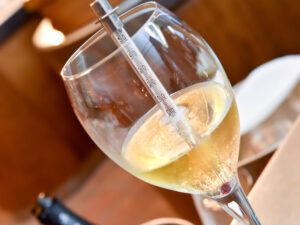
Wine Temperature: The Make-or-Break Factor in Enjoying Wine
Learn how just a few degrees can make or break a wine’s expression. Temperature is your silent tasting partner.
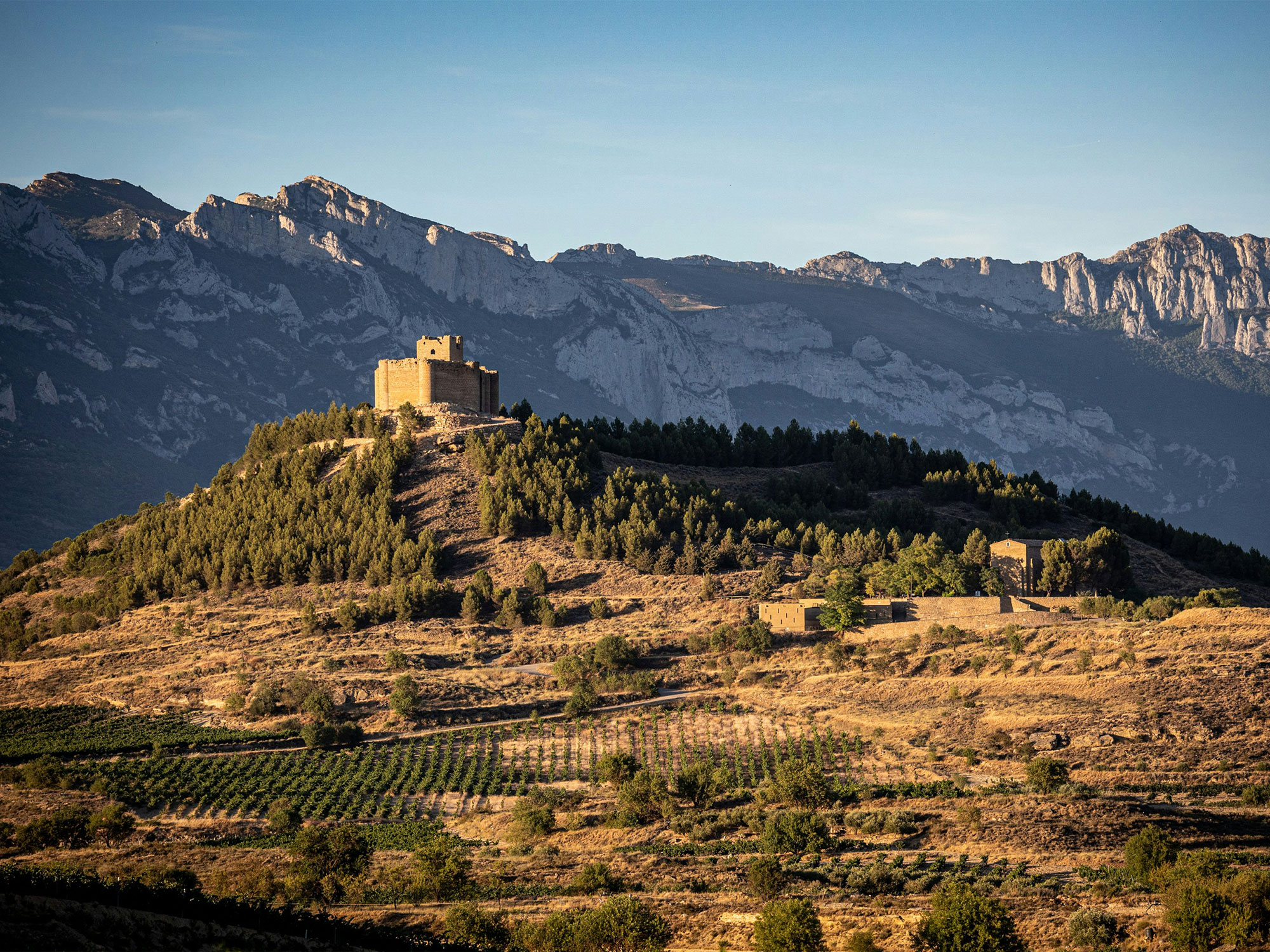
Did you know Spain is the world’s 3rd largest producer of wine? Or that Spain has the greatest amount of land dedicated to growing wine worldwide? Most of the credit goes to Spain’s fine wine capital, La Rioja.
Known for making exceptional Tempranillos, you may be surprised to know Rioja has far more hiding up her sleeve. From delicious red blends to refreshing rosés and age-worthy white wines, this is a lesser-known giant in the fine wine industry.
In this post, we’ll take a deep look into the Rioja wine region. We’ll touch on some history, wine labeling laws, and tips for the ultimate food pairing!
Rioja is a wine region in Northern Spain, located between both banks of the Ebro River. The Pyrenees and Cantabrian Mountains provide a rainshadow effect, protecting the region from heavy ocean breezes.
This region was declared Spain’s first Denominación de Origen Calificada or DOCa and, to date, is only one of two, the second being Priorat.
Approximately 90% of the wines made here are dry red wines. Tempranillo is the star of the show, though most red wines will be a blend of Tempranillo with other native varietals. Some dry white wines exist, and dry rosé wines made of Tempranillo and Garnacha (Grenache) are slowly becoming more common.
Rioja is broken up into three subregions, each with a unique climate and elevation. That said, what really makes one wine stand out from another comes down to the aging process.
Fun fact: In addition to delicious wines, Spain is also the world’s second-largest grower of poppies, used for the production of pain relievers. Many of these poppy fields are sprinkled between vineyards in Rioja!

Rioja is Spain’s most successful and world-renowned wine region. While much of this is due to strict oak aging, several other factors come to play.
As mentioned earlier, Rioja is shielded from ocean breezes due to the mountain ranges surrounding it. In addition, many of Rioja’s vineyards lie between 1,000-1,600 feet above sea level. This gives the region a unique Mediterranean climate with hot summers and cooling winters.
When Rioja first became a recognized wine-producing region in the late 1700s, Spanish winemakers adopted the French practice of aging wine in large oak casks. Shortly after, they began importing American oak and building the barrels (coopering) themselves to cut costs.
This practice has remained a steadfast tradition since then, though younger winemakers are gravitating to using French oak. Swapping American for French oak allows for a more subtle oak flavor, making more refined wines that show off the grapes.
For more on how oak barrels affect wine, read my latest post!
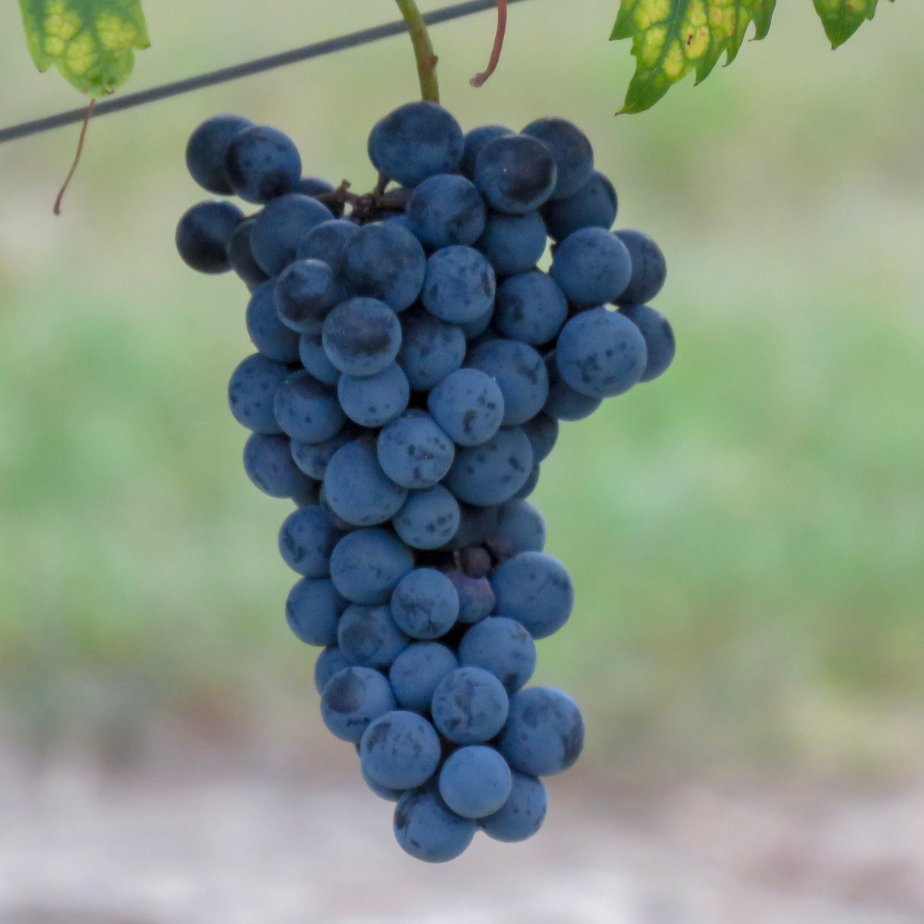
The most common red grape, accounting for roughly 75-80% of grapes planted in Rioja.
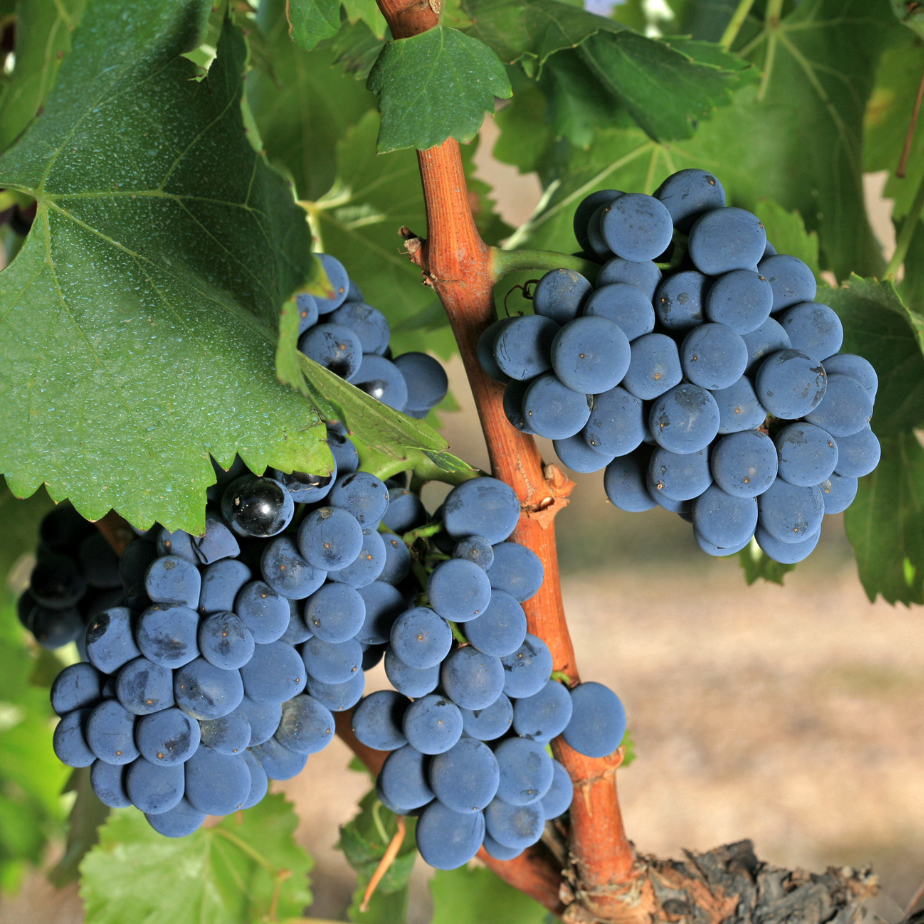
Commonly found in Rioja Oriental due to the region’s warmer climate. Garnacha is the second most common grape, often blended alone with Tempranillo or turned into fruity, brightly colored rosés.
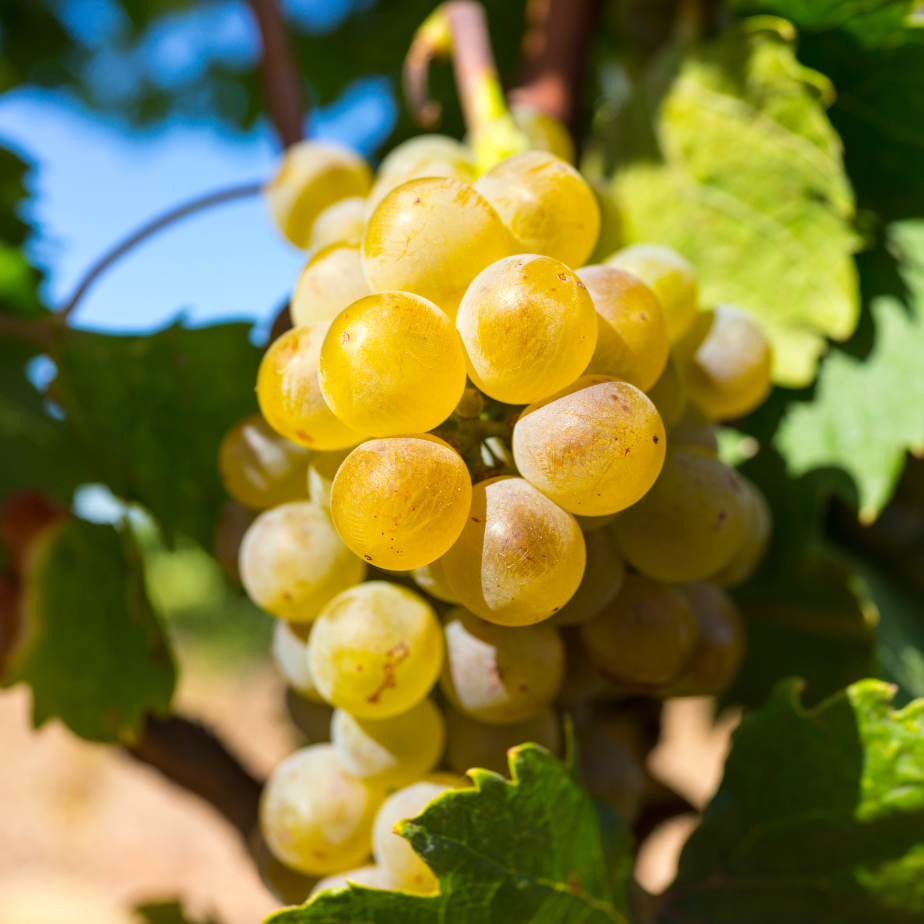
Biggest player in white Rioja blends, with a minimum of 50% required. Many of the best white Rioja wines are made with 100% Viura and have great aging potential.
Rioja is known predominantly for its red blends, though it also makes some white and rosé wines.
Other red varieties found in small amounts in many Rioja blends include: Mazuelo (Carignan), Graciano & Maturana Tinta
Other white varieties found in many Rioja ‘Blanco’ blends include: Sauvignon Blanc, Chardonnay & Verdejo
Rioja has three subregions, each with a slightly different climate and soil composition. Learning the difference between the three is a huge step toward understanding quality.

Rioja’s westernmost region, Rioja Alta lies southwest of the river. With high elevation, cooling temperatures, iron-rich clay soils, and the maximum sunlight of any subregion, this is the premiere spot for Rioja wines. Wines here will be refined, robust, and age-worthy.
Rioja Alvesa is similar to Alta’s elevation, cooler climate, and clay-rich soils, though it has slightly less sunlight. It lies north and mid of the river and produces fuller-bodied wines with greater acidity.
Rioja Oriental will be the warmest of the three regions, with alluvial soil and lower elevation, making for dry wines with higher alcohol and lower acidity. This is the least esteemed growing region in Rioja and tends to make bold, juicy wines that are best enjoyed young.
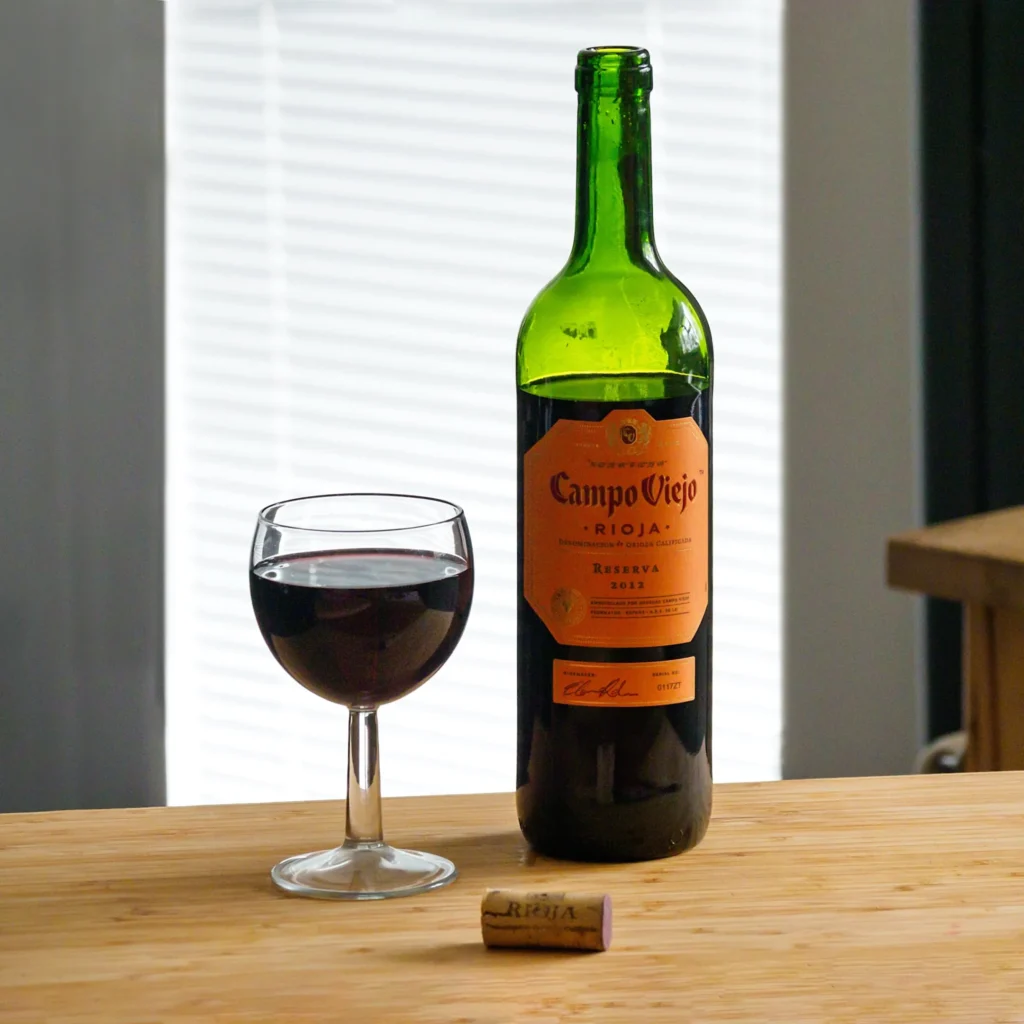
Rioja, without a doubt, is most recognized for its extensive labeling laws. These laws are slightly different from the rest of Spain and apply to Rioja and Ribera del Duero. Keep in mind the aging requirements are the minimum requirements, and many winemakers will exceed them.
Everyday drinkers coming from good but not exceptional vineyards. Red wines must be aged for at least two years, with one year spent in oak. White wines must be aged for at least six months in oak.
Grapes coming from exceptional vineyards. They command higher price points as they’re not made every year. Red wines must be aged for three years, with one year in oak. White wines must be aged for two years, with six months in oak.
Rare and only made from exceptional vineyards. Red wines must be aged for five years, with two years in barrel and three years in bottles. White wines must be aged for four years, with one year in oak.
Simple, cheap, rarely exported, and best enjoyed young.
Deciding which Rioja to pair with dinner is harder than it might seem. Many of Rioja’s best examples have nuanced flavors ranging from light, fruity, and bright to bold, smoky, and earth-driven. Here are a few tips to make your pairing easier:
Rioja Alta and Alvesia will naturally have higher acidity and are best suited for pairing with tomato-based dishes or high-fat proteins.
Crianzas and Joven wines are going to be more youthful and snappy, so they should be paired with lean proteins, roasted vegetables, and mild cheeses.
Bigger, bolder Reservas and Gran Reservas should be paired as you would a rich Cabernet or Syrah, with pork, smoked meats, and lamb being great choices.
When in doubt, go local. Classic Spanish dishes like paella, garlic prawns, and hard salty cheeses are great pairing partners for most examples of Rioja.
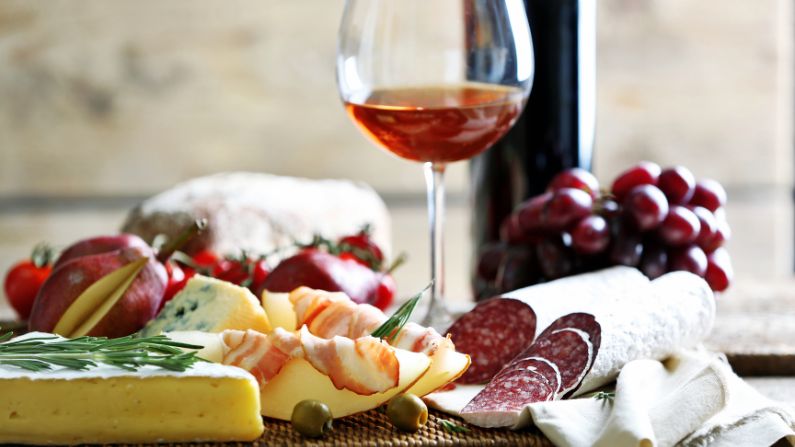


Learn how just a few degrees can make or break a wine’s expression. Temperature is your silent tasting partner.
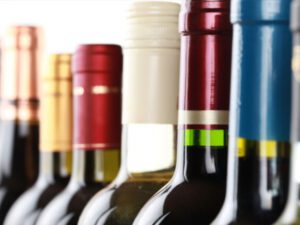
Explore the pros and cons of screwcaps and corks in the world of wine.

Discover six lesser-known grape varieties that offer distinctive flavors and are worth exploring beyond the classics.
No matter your current skill level, we can help you improve – pass that exam, share your wine knowledge with others, guide your buyers, enhance your guests’ experience, and show up with confidence and credibility as a wine professional!
Want to get better at tasting wine?